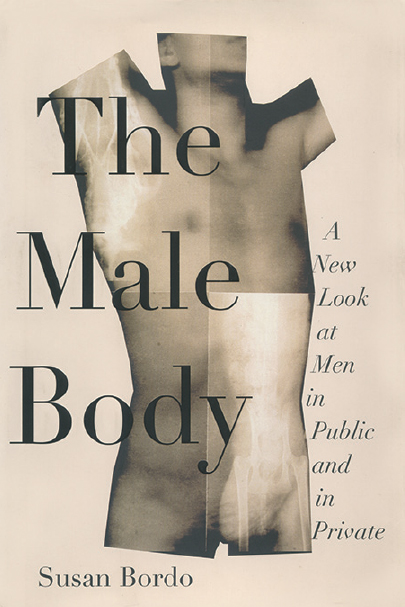
SUSAN
BORDO
Susan Bordo (b. 1947) is the Otis A. Singletary Chair of Humanities at the University of Kentucky. Bordo is a philosopher, and while her work has touched on figures and subjects traditional to the study of philosophy (René Descartes, for example), she brings her training to the study of culture, including popular culture and its representations of the body. She is a philosopher, that is, who writes not only about Plato but also about Madonna and John Travolta.
In Unbearable Weight: Feminism, Western Culture, and the Body (1993), Bordo looks at the complicated cultural forces that have produced our ways of understanding and valuing a woman’s body. These powerful forces have shaped not only attitudes and lives but, through dieting, training, and cosmetic surgery, the physical body itself. Unbearable Weight was nominated for the 1993 Pulitzer Prize; it won the Association for Women in Psychology’s Distinguished Publication Award and was named by the New York Times as one of the “Notable Books of 1993.” The book had a broad audience and made a significant contribution to the academic study of gender and the body. In fact, Bordo’s work (in this book and those that followed) has been central to the newly evolving field of “body studies.” Bordo is also the author of The Flight to Objectivity: Essays on Cartesianism and Culture (1987); Twilight Zones: The Hidden Life of Cultural Images from Plato to O.J. (1997); and The Creation of Anne Boleyn: A New Look at England’s Most Notorious Queen (2013). She is coeditor (with Alison Jaggar) of Gender/Body/Knowledge: Feminist Reconstruction of Being and Knowing (1989) and editor of Feminist Interpretations of Descartes (1999).
In 1992, Bordo says, as she was finishing work on Unbearable Weight, she received a letter from Laurence Goldstein, editor of Michigan Quarterly Review, asking her to write a review article on a surprising series of recently published books concerning men and masculinity. It was as though the feminist work on women as figures of thought and commerce had made the category of the “male” equally available for study and debate. She said,
It was as if Larry had read my mind. . . . I had known for a long time that I wanted to write about men and their bodies; it seemed the logical, natural, almost inevitable next step. I just wasn’t expecting to begin quite so soon. But I couldn’t resist the opportunity. . . .

The review essay was the beginning of what became her next major publication, The Male Body: A New Look at Men in Public and Private (1999), from which the following selection is drawn. As was the case with Unbearable Weight, The Male Body has been read with great interest and care by a wide audience, with favorable reviews in the New York Times, Elle, and Vanity Fair. In The Male Body, Bordo writes about her father, about the 1950s, about gay men and straight men, about movies, and about sex manuals. The chapter we have chosen, “Beauty (Re)discovers the Male Body,” comes from a section titled “Public Images” and looks specifically at the use of men in advertising, where men’s bodies (rather than the usual case — women’s) are presented as objects of pleasure and instances of commerce. There is a powerful argument here about gender, identity, and the media (about how we come to see and value our physical selves). The writing is witty, committed, and engaging — moving from personal history to cultural history, deftly bringing in key concepts from contemporary literary and media theory, like the concept of the “gaze.” In this chapter, Bordo provides a compelling example of what it means to read closely, to read images as well as words, and to write those close readings into an extended argument. She brings the concerns of a philosopher to the materials of everyday life.